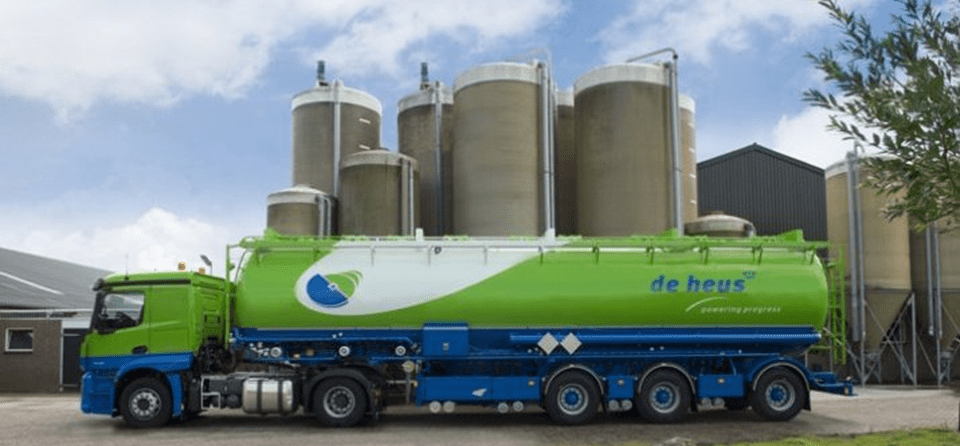In today’s competitive environment, organizations must continuously
evaluate and refine their workflows to remain agile and efficient. A
systematic approach to understanding, improving, and optimizing these
workflows is essential for sustained success. Through the use of
modeling simulation and optimization techniques, Business Process
Analysis (BPA) provides a powerful means to visualize complex processes,
uncover inefficiencies, and implement effective solutions. Despite the
clear benefits, many organizations encounter significant mismatches
across departments and operational areas. This often stems from a
historical lack of suitable software tools capable of evaluating
workflows or forecasting outcomes related to throughput, cost, and time.
Consequently, businesses frequently operate in a reactive mode,
struggling to meet deadlines and control costs.



